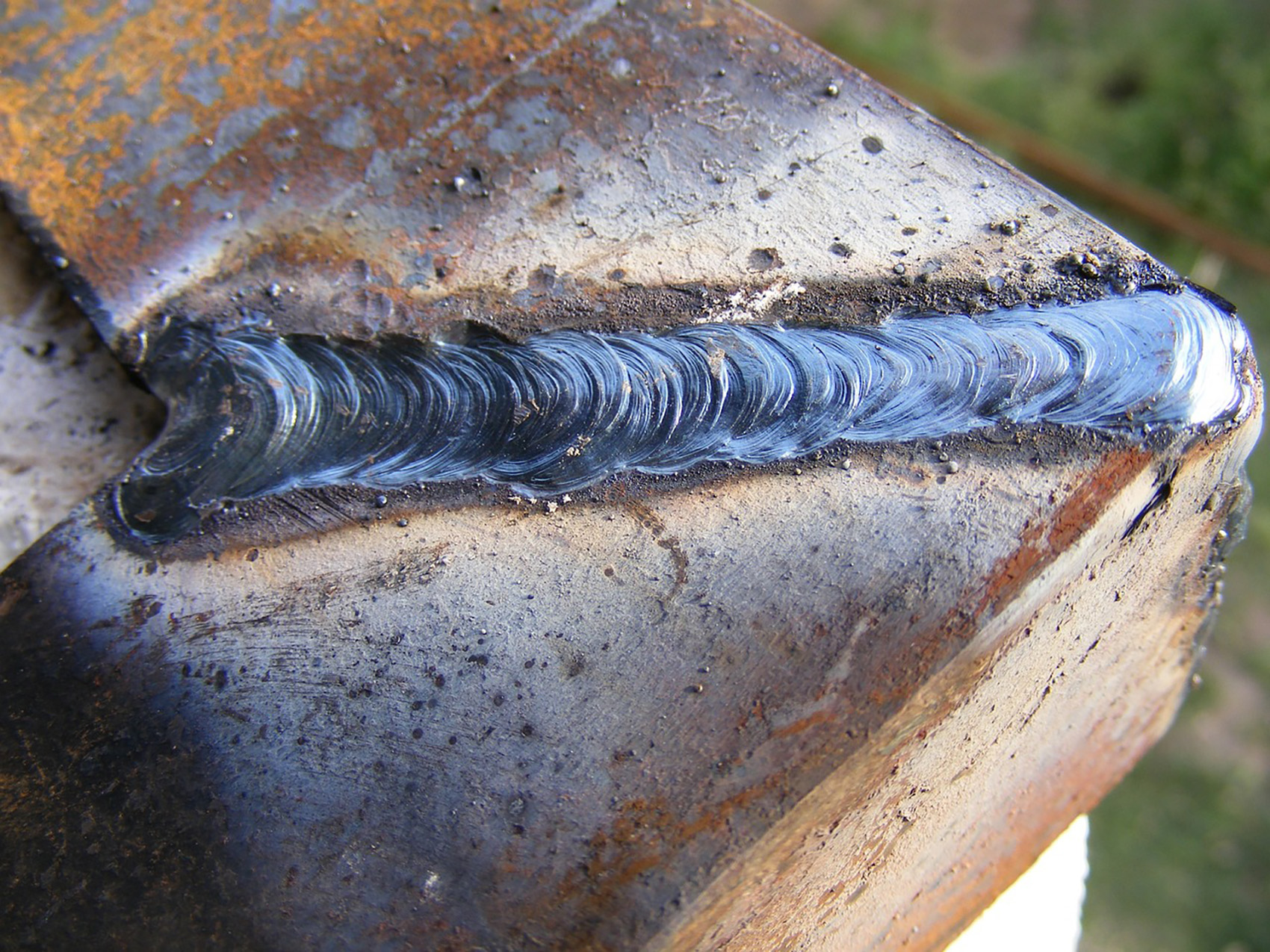Understanding the Art of Welding: How to Avoid Undercut Welding Issues for Flawless Construction Results
Effectiveness and accuracy are vital worldwide of welding, where even the least imperfection can compromise the structural integrity of a fabricated piece. One usual difficulty that welders face is damaging, a flaw that can weaken a weld joint and lead to expensive rework. By recognizing the source of undercut welding and carrying out efficient methods to avoid it, welders can elevate their craft to new levels of quality (Preventing weld undercut). In the pursuit of perfect construction results, mastering the art of welding to avoid undercut problems is not just a skill yet a need for those pursuing perfection in their work.
Understanding Undercut Welding

To avoid undercut welding, welders must make certain appropriate welding criteria, such as readjusting the current, voltage, travel speed, and keeping the appropriate electrode angle. Furthermore, using the ideal welding method for the particular joint arrangement is essential. Employing weaving activities or backstepping techniques can assist guarantee correct weld metal deposition and minimize the likelihood of undercut formation. Regular examination of welds during and after the welding process is likewise crucial to capture any undercut early and make essential adjustments to avoid additional defects. Preventing weld undercut. By understanding the root causes of undercut welding and applying safety nets, welders can achieve high-grade, structurally audio welds.
Root Causes Of Undercut in Welding
Recognizing the aspects that add to undercut in welding is vital for welders to create top notch, structurally audio welds. Undercutting takes place when the weld steel does not effectively load the groove developed in between the base metal and the previously transferred weld steel. Several factors can lead to damage in welding. One typical reason is extreme heat input. Welding at high temperatures for extensive durations can cause the base steel melting even more than preferred, causing damage. Poor welding wrong or present welding rate can likewise add to damage. Insufficient current might not offer sufficient heat to thaw the base and filler metals properly, while too much rate can stop proper blend, causing undercut. In addition, inappropriate electrode angles or inaccurate lantern manipulation strategies can create locations of low weld steel deposition, promoting undercut. Recognizing these causes and implementing correct welding techniques can assist prevent undercutting issues, ensuring solid and long lasting welds.
Methods to avoid Undercutting

To mitigate the danger of undercutting in welding, welders can employ critical welding techniques aimed at boosting the top quality and stability of the weld joints. Additionally, making use of the proper welding strategy for the particular joint configuration, such as weave or stringer grains, can contribute to lowering damaging.
Additionally, proper joint prep work, including making sure clean base products complimentary of pollutants and making use of the proper welding consumables, is vital in protecting against undercut issues. Using back-step welding strategies and regulating the weld bead account can likewise aid distribute heat uniformly you can look here and decrease the danger of undercut. Routine assessment of the weld joint during and after welding, helpful site in addition to implementing quality control steps, can assist in finding and dealing with damaging issues immediately. By implementing these methods carefully, welders can attain perfect manufacture results with minimal undercut problems.
Significance of Proper Welding Specifications
Choosing and maintaining appropriate welding parameters is vital for accomplishing successful welds with minimal issues. Welding parameters describe variables such as voltage, existing, take a trip speed, electrode angle, and shielding gas circulation price that straight affect the welding process. These parameters have to be meticulously readjusted based upon the kind of material being bonded, its thickness, and the welding technique employed.
Correct welding specifications guarantee the correct amount of warmth is put on melt the base steels and filler product consistently. If the specifications are established expensive, it can lead to excessive heat input, creating burn-through, distortion, or spatter. On the other hand, if the criteria are also low, insufficient blend, absence of infiltration, or damaging may take place.
High Quality Assurance in Welding Workflow

Final Thought
To conclude, grasping the art of welding needs a complete understanding of undercut welding, its reasons, and methods to avoid it. By ensuring proper welding criteria and applying quality control practices, remarkable manufacture results can be achieved. It is essential for welders to continually make every effort for excellence in their welding operations to prevent undercut concerns and generate top notch welds.
Undercut welding, an usual problem in welding processes, occurs when the weld steel doesn't properly load the groove and leaves a groove or anxiety along the welded joint.To protect against undercut welding, welders must guarantee appropriate welding criteria, such as changing the existing, voltage, travel rate, and preserving the correct electrode angle. Poor welding present or wrong welding rate can likewise contribute to undercut.To alleviate the danger of undercutting in welding, welders can use calculated welding techniques aimed at boosting the quality and honesty of the weld joints.In conclusion, grasping the art of welding calls for a complete understanding of undercut welding, its causes, and methods to stop it.